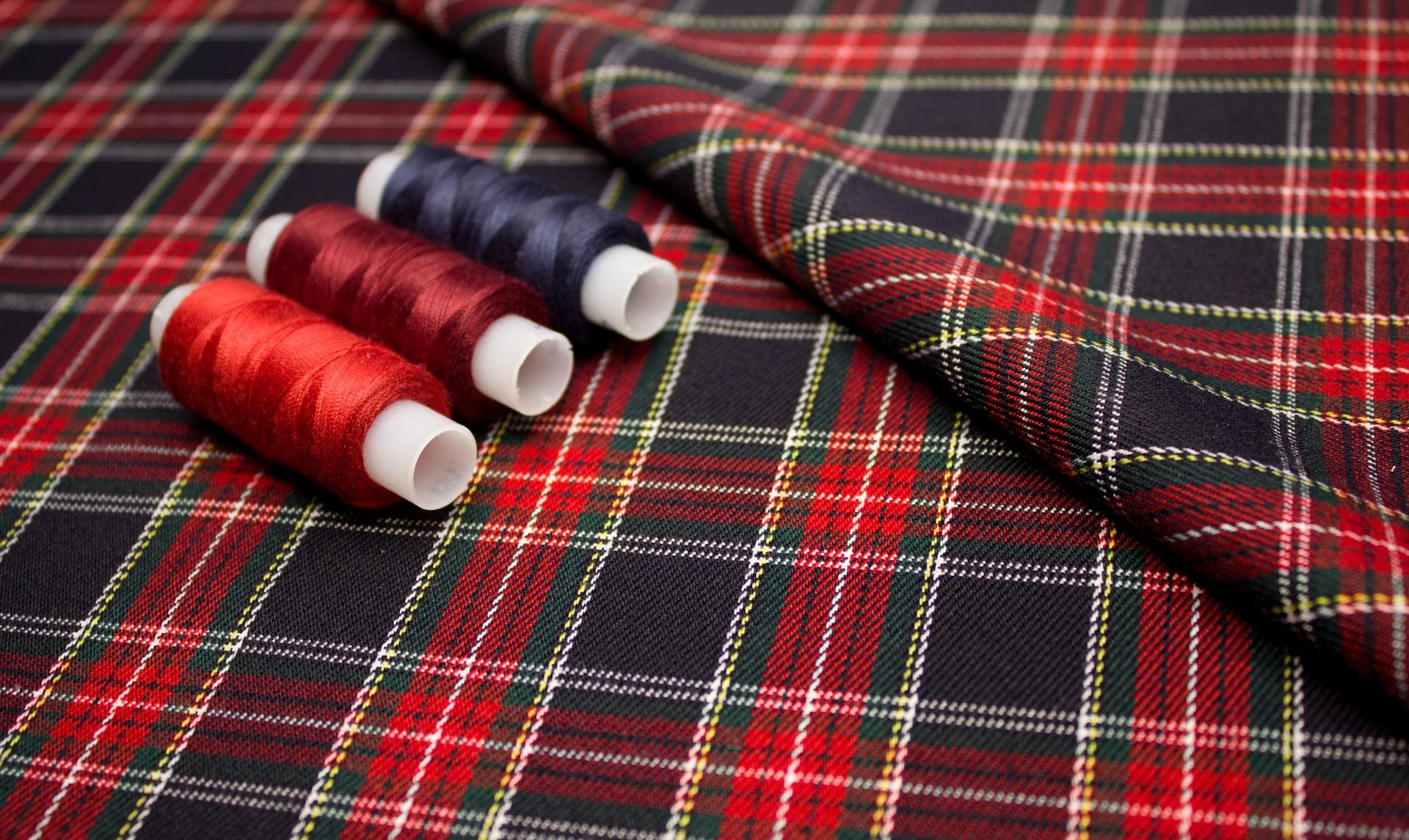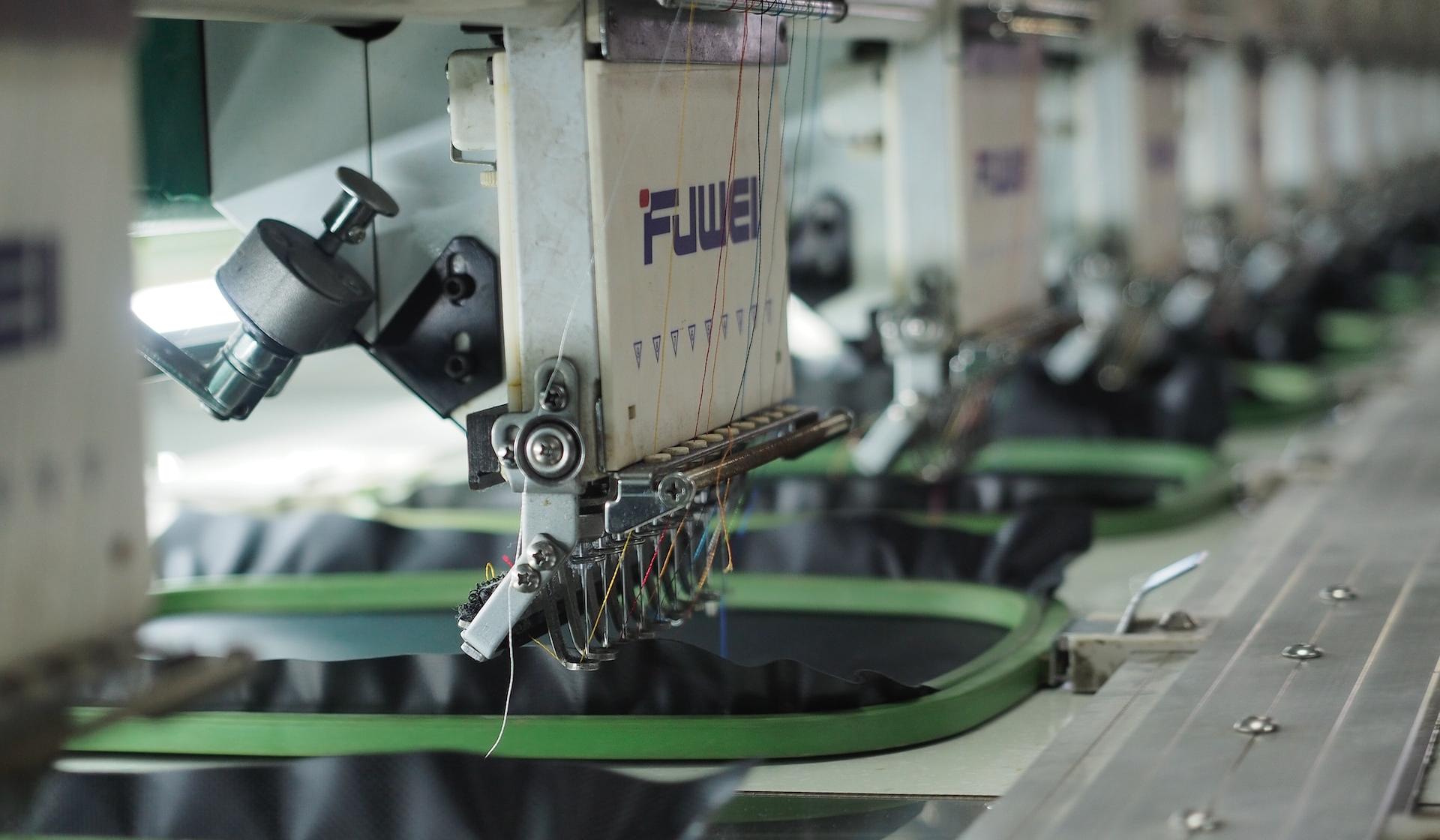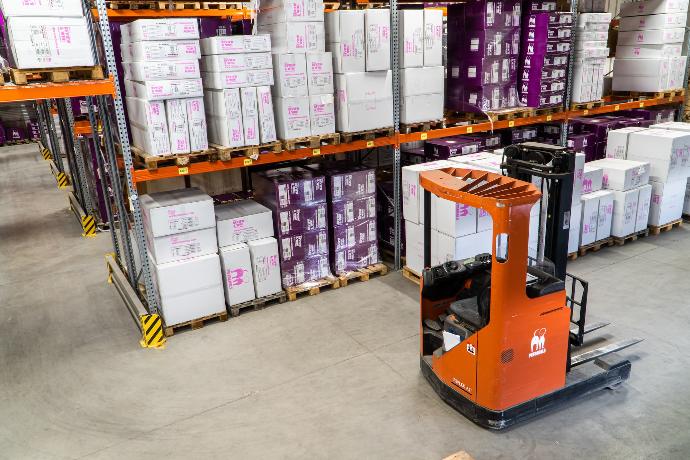PRODUCTION
We are a team of passionate individuals who love what we do, with a deep appreciation for nature and a zest for life.
Our sales and production are meticulously monitored and managed with state-of-the-art ERP software. Every garment is carefully controlled, from sourcing to design, production, and delivery, following our highest quality standards. Our quality team consistently reviews and improves our workflows without compromising on simplicity.


The Sample Product is a significant milestone in the product development process. At this stage, a limited number of garments are produced to meet the buyer's expectations, and once their approval is obtained, mass production begins. Sample garments serve as representatives, showcasing the accuracy of the patterns and the quality of production skills and techniques. They play a vital role in effective communication with the buyer and also help in fabric consumption calculations and evaluating the efficiency of the production process. Additionally, they are used to accurately convey the garment's style, details, and design.
Spreading is the process of placing fabric layers on a flat surface in preparation for cutting. In automatic cutting, the fabric in roll form is cut automatically. For manual cutting, machines with straight blades or band knives are used. Jacquard, stripes, and plaids are spread manually. A band knife cutting machine is used for small parts that require high precision.


The embroidery department receives the cut garment pieces' style and details in a printed copy format. The design is then converted into machine format. During the sampling process, positioning, thread colors, and quality control are performed. Once the approved samples are obtained, mass production begins. The first set of cut pieces is sent to the correction and inspection department after embroidery is done. After the quality control is completed, the embroidered products are sent back for stitching.
The stitching process is the stage where the cut fabric pieces are brought together to construct the garment. During this stage, the pieces are carefully arranged, marked, and stitched using sewing machines. Stitching operations are performed with appropriate sewing techniques and high-quality threads. Precision is key to ensuring that the stitches are neat and durable. Additionally, details such as buttons, zippers, and other accessories are added as part of the sewing process. Stitching is a significant step where the design comes to life and the garment takes its final form.


The Final Process is the stage where products that have successfully completed all the previous processes undergo the Final Quality Control. This is where it is ensured that all the products are consistent and approved as being equal in quality. Once the products pass this stage, they are carefully packaged and prepared for the shipping process, ready to be transferred to the customer.